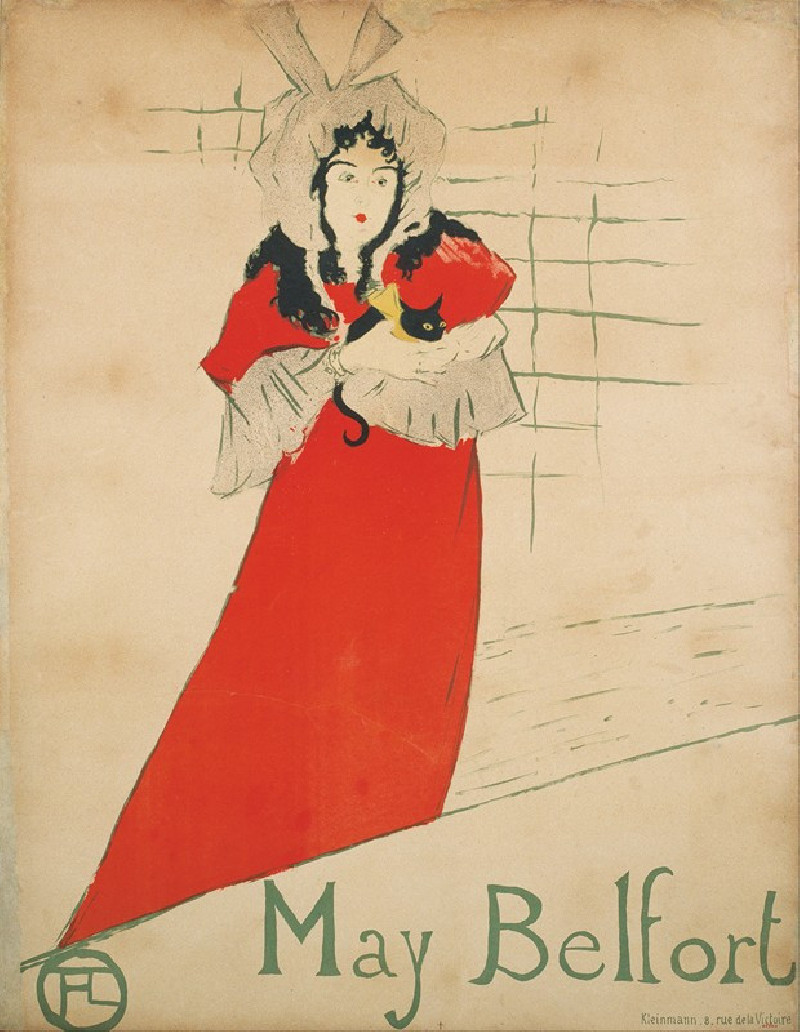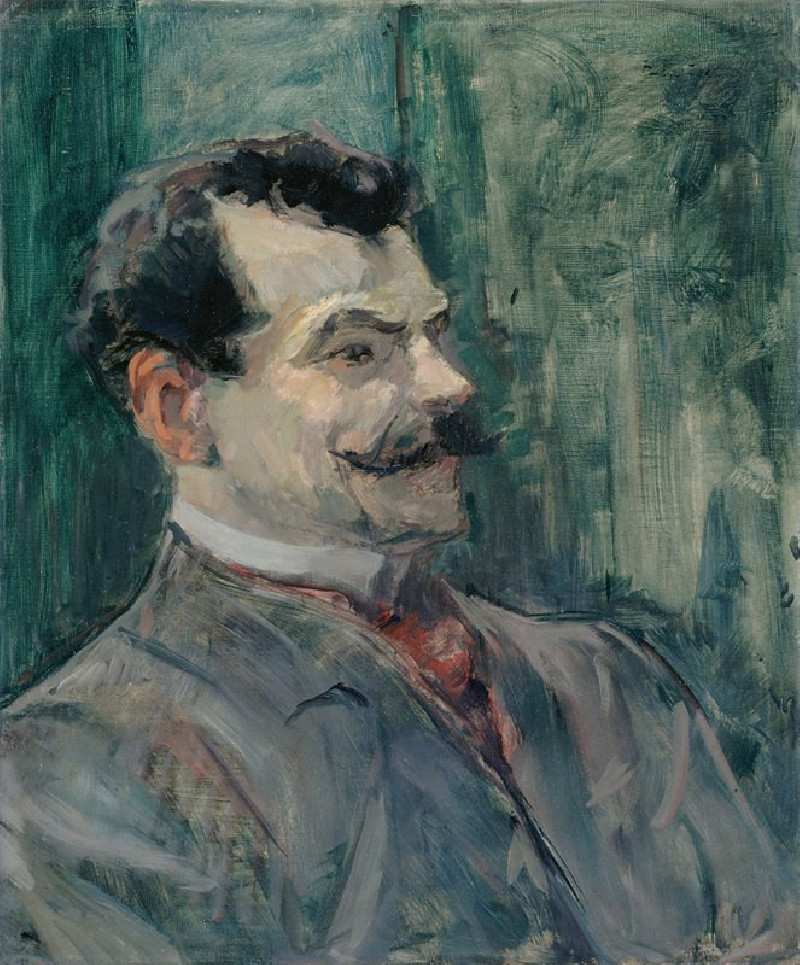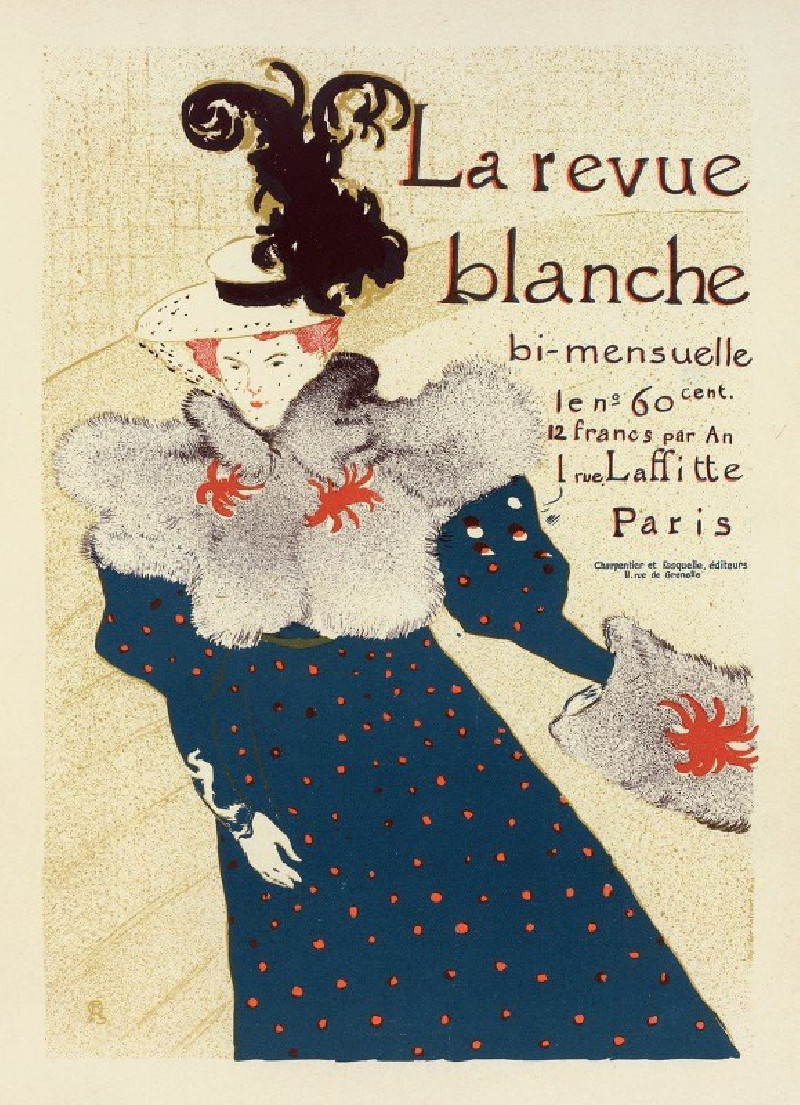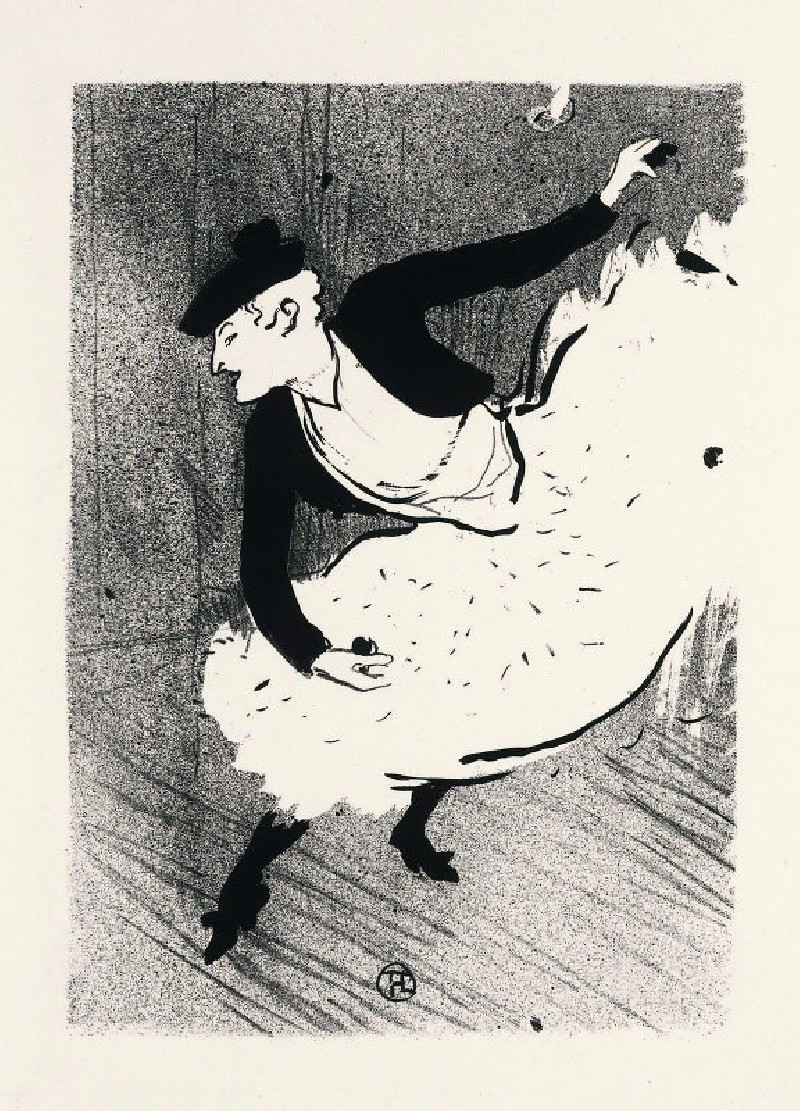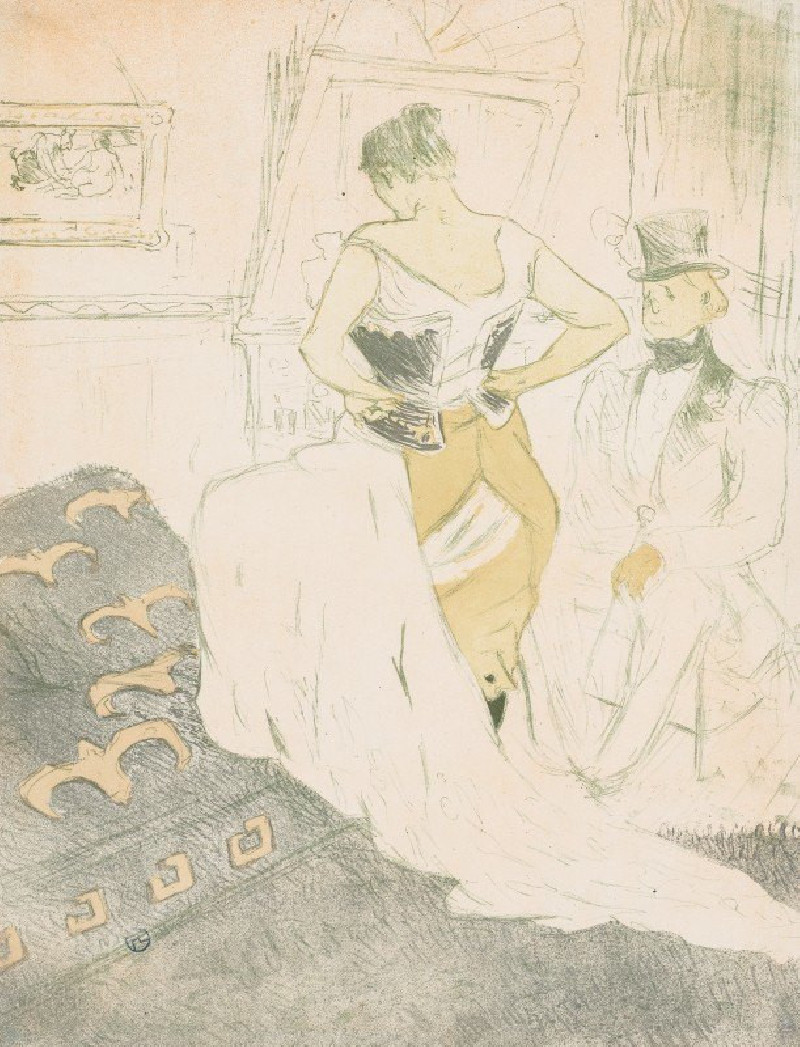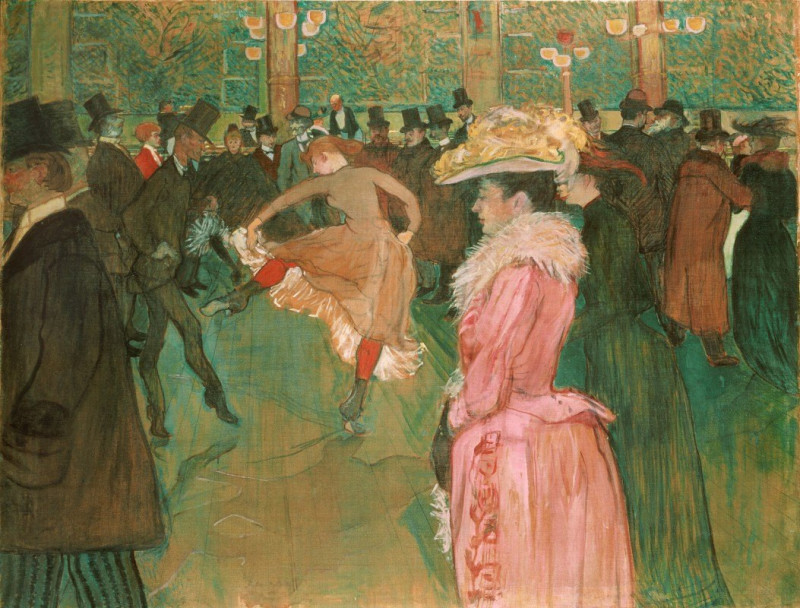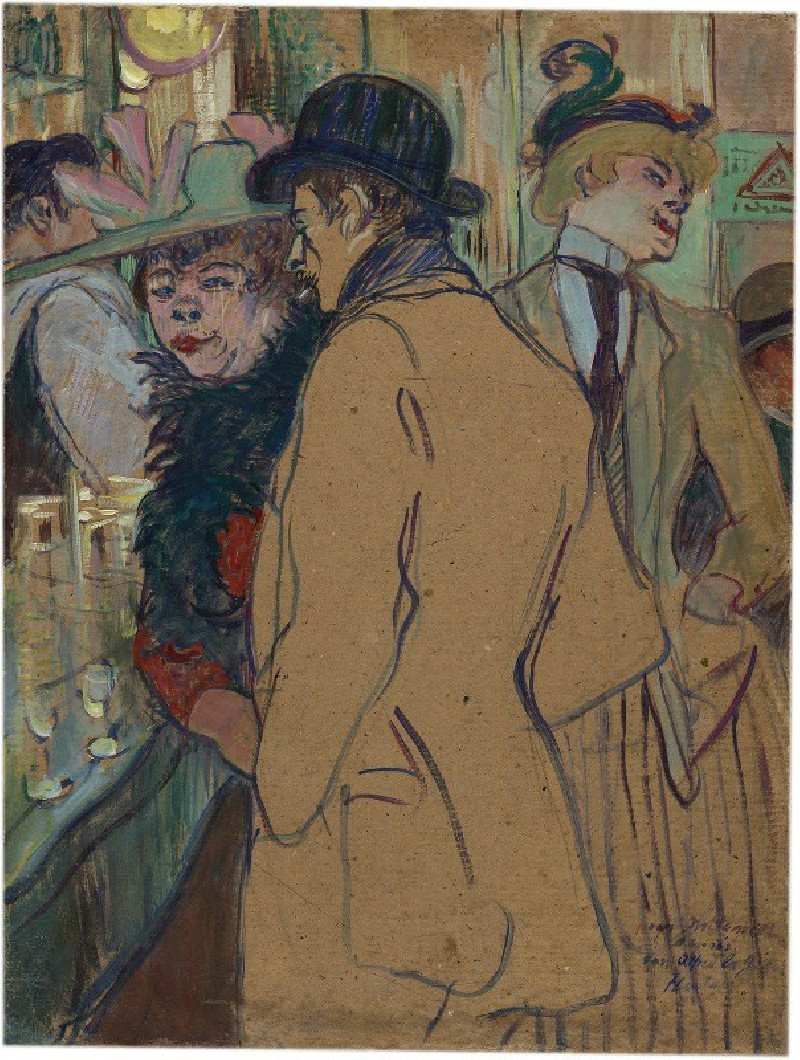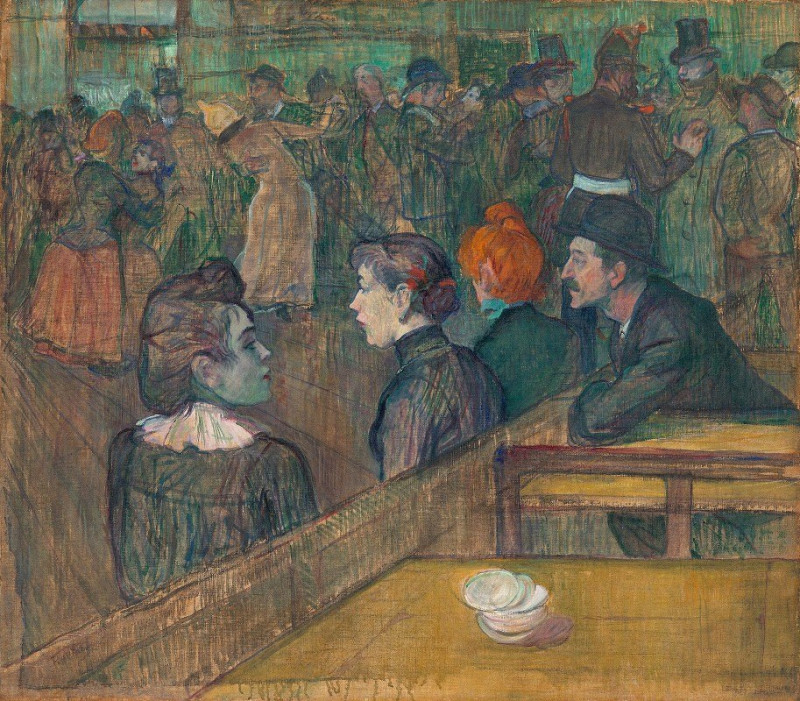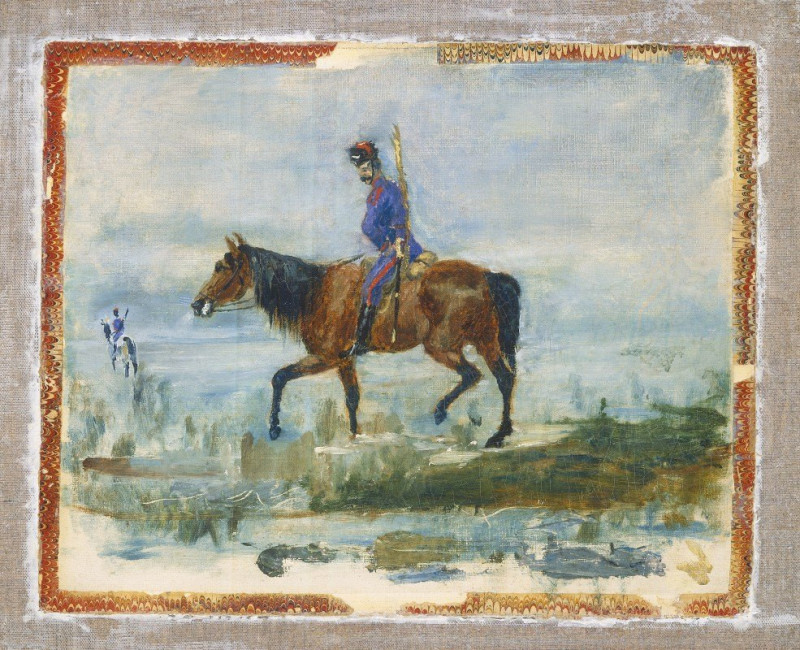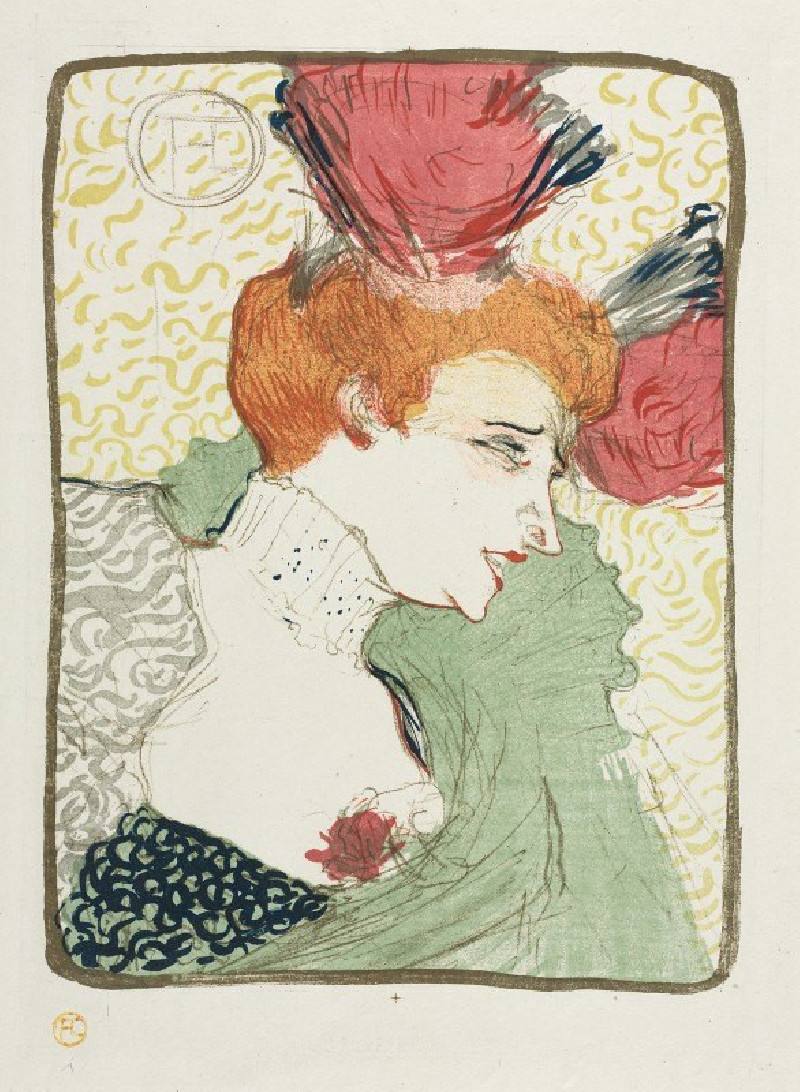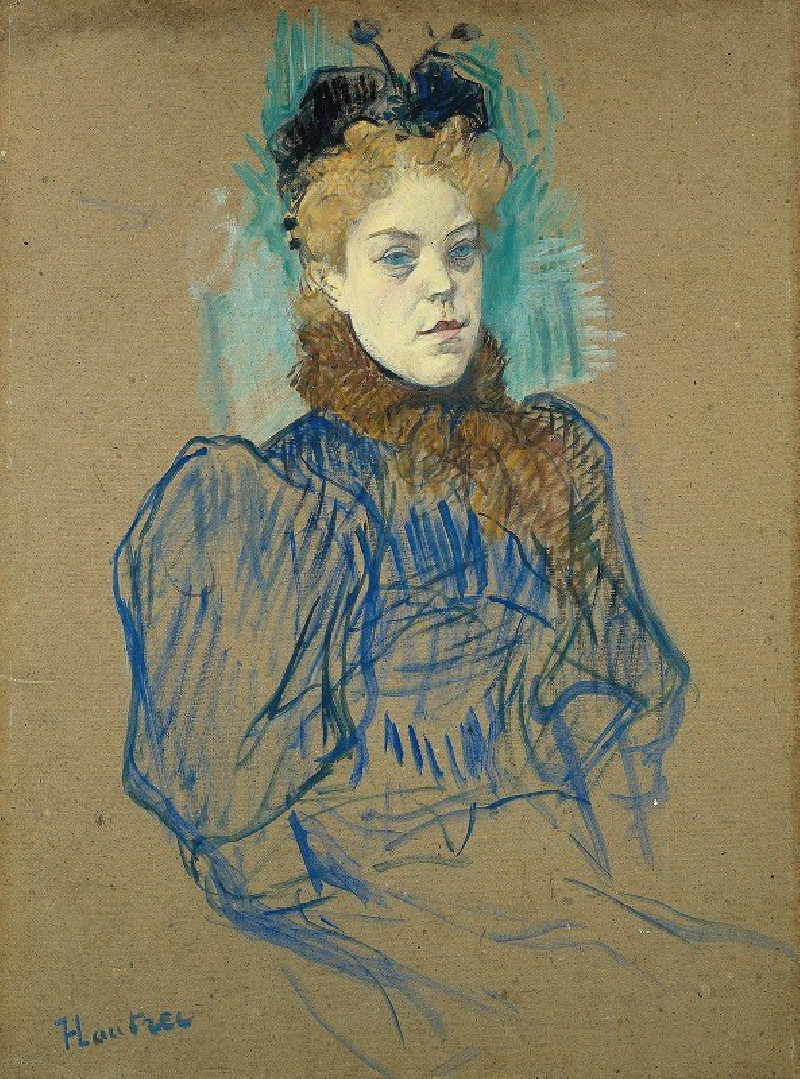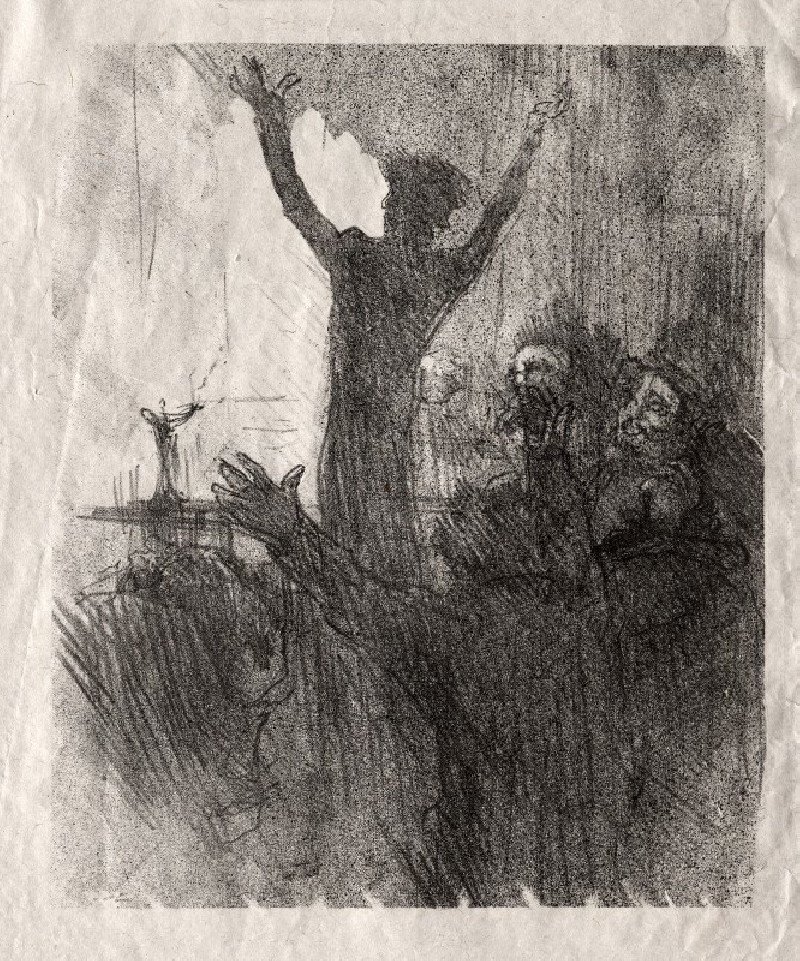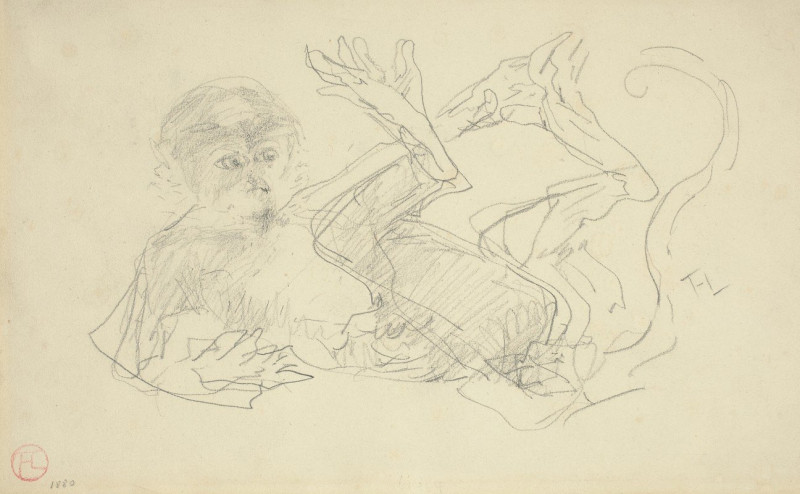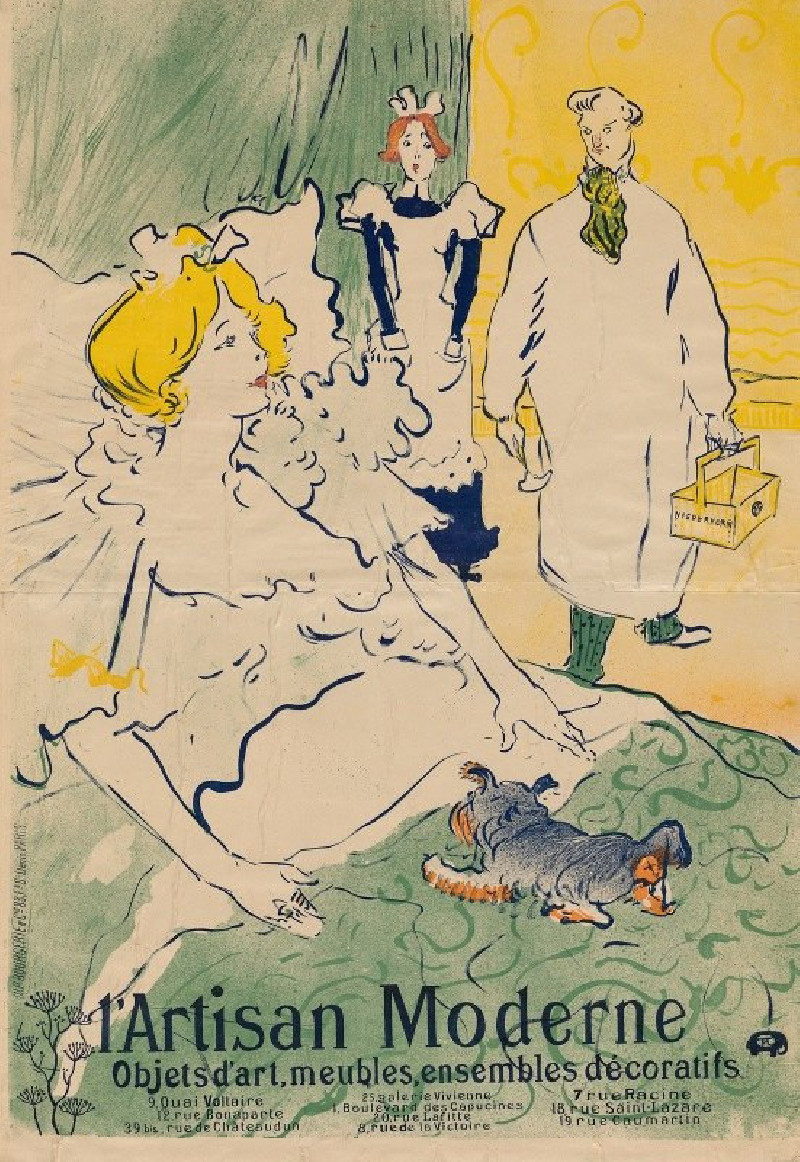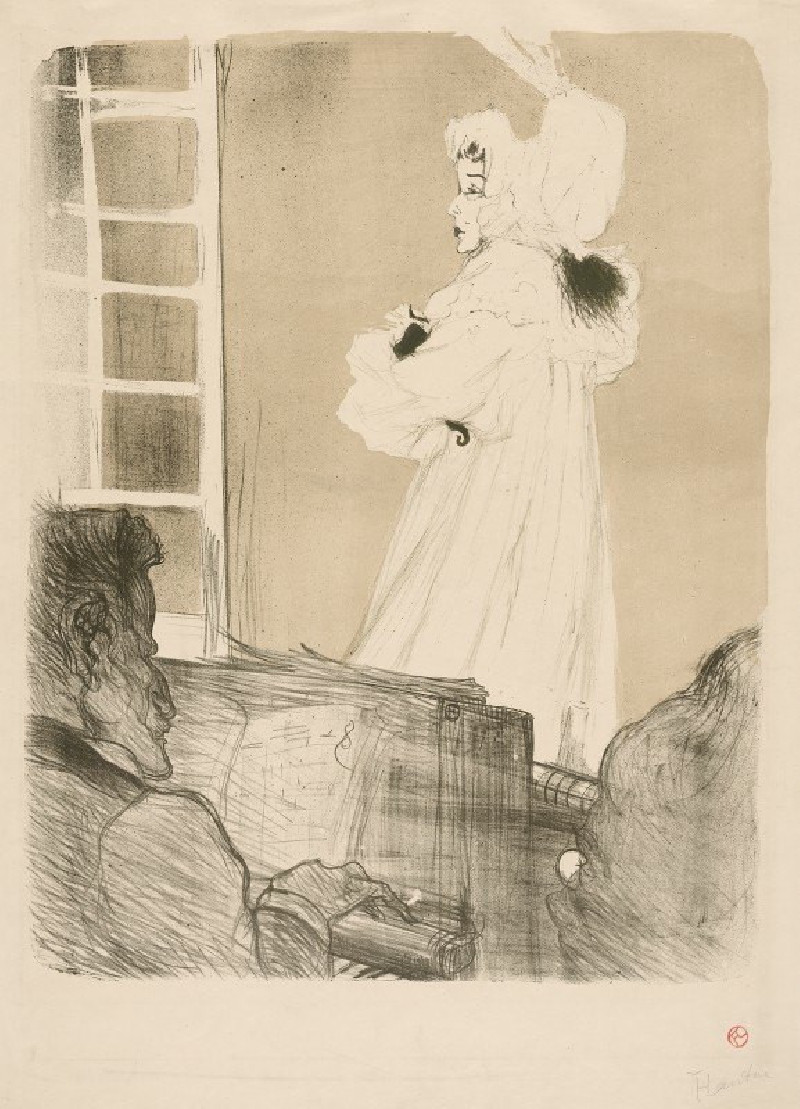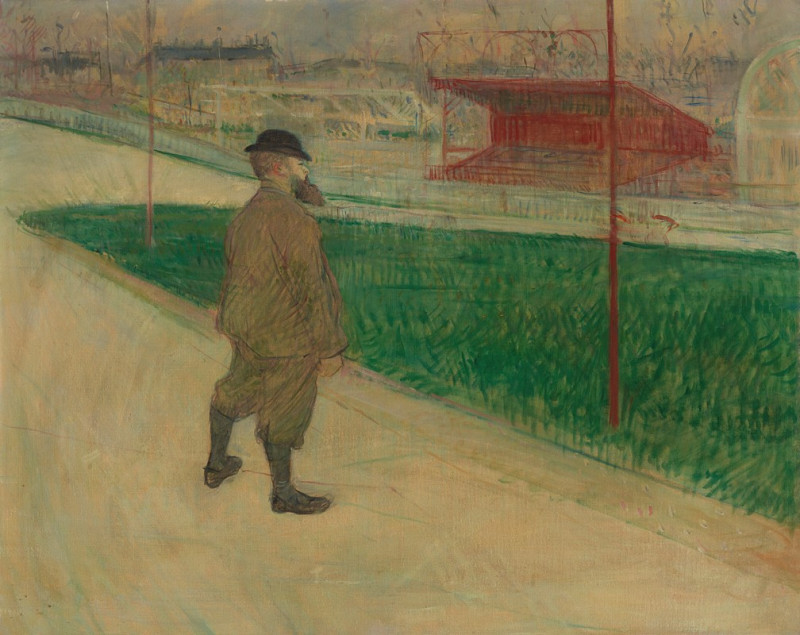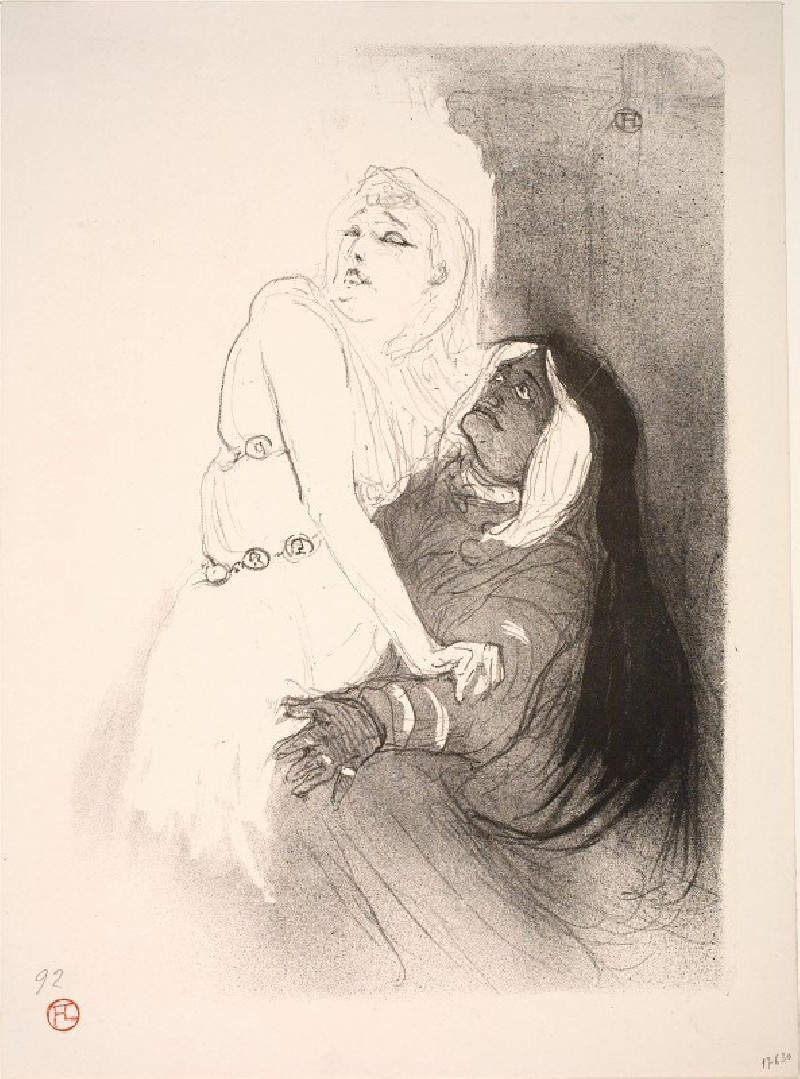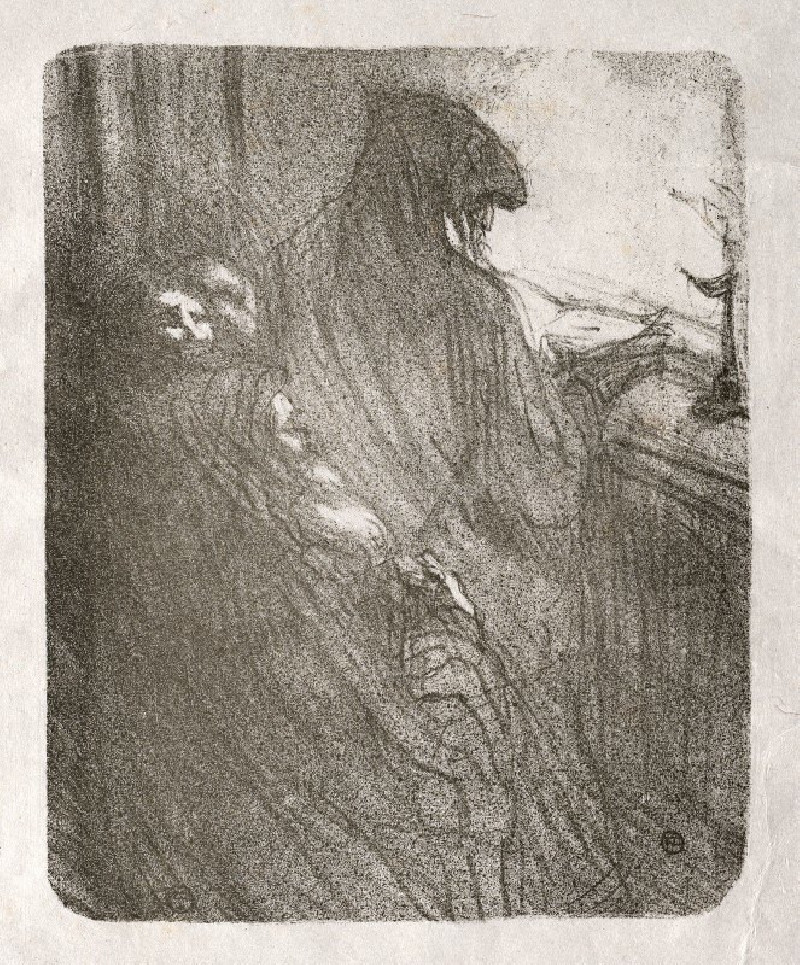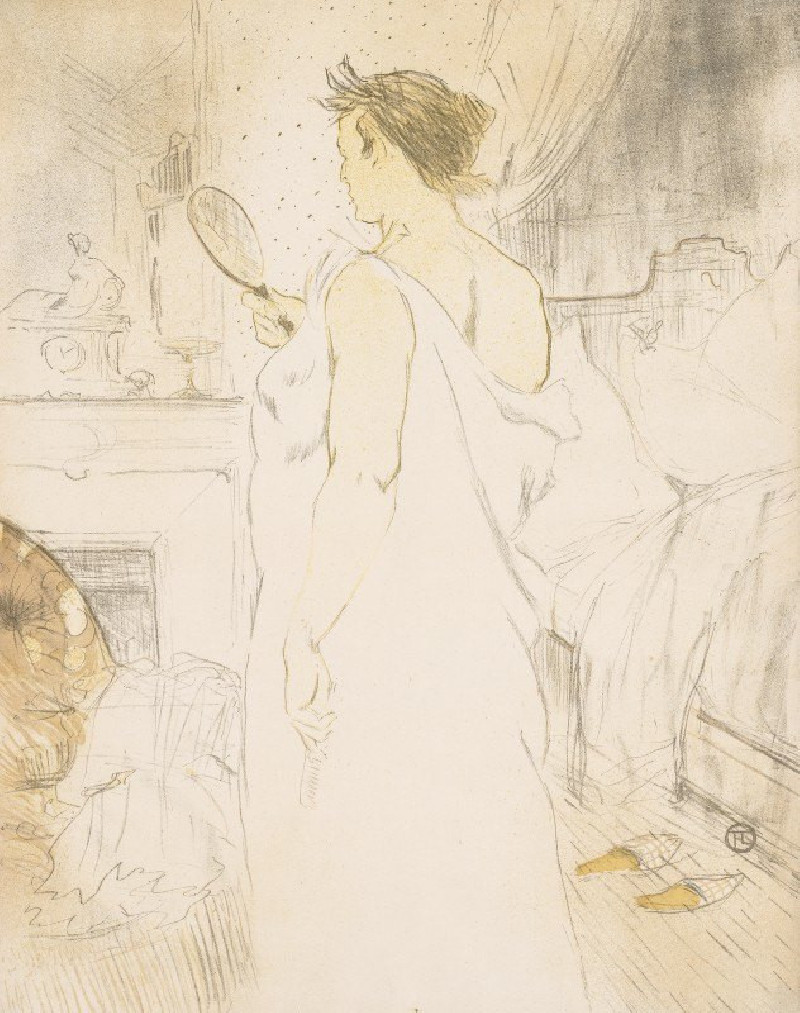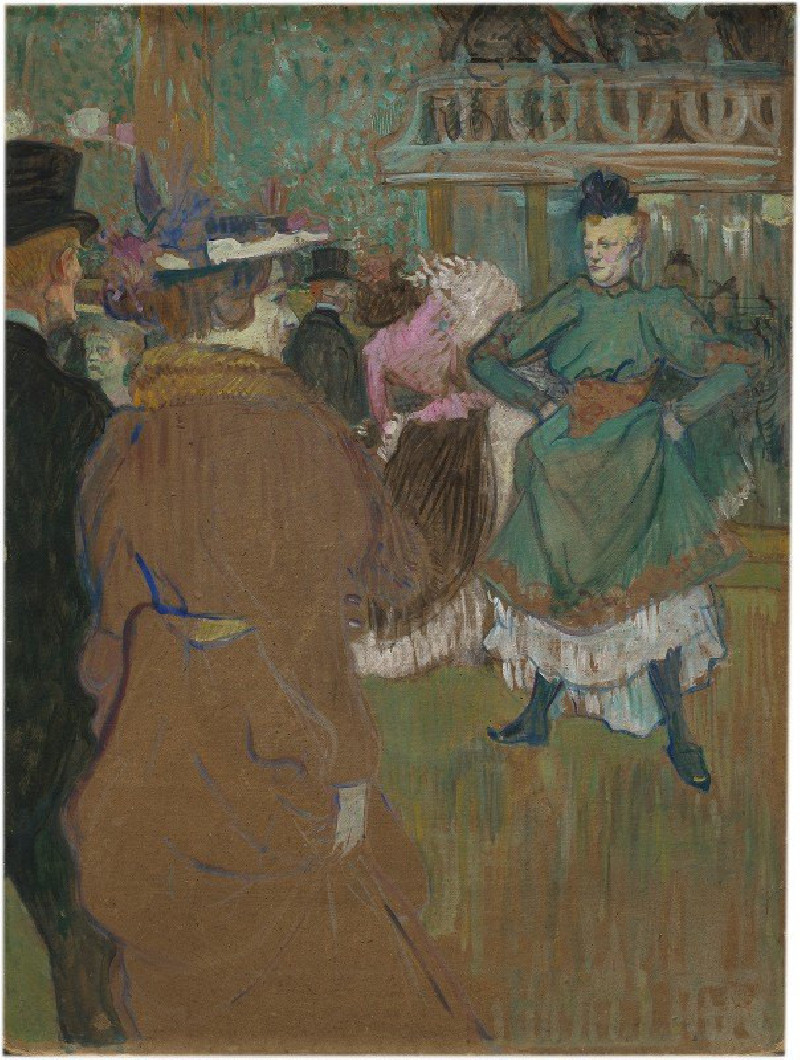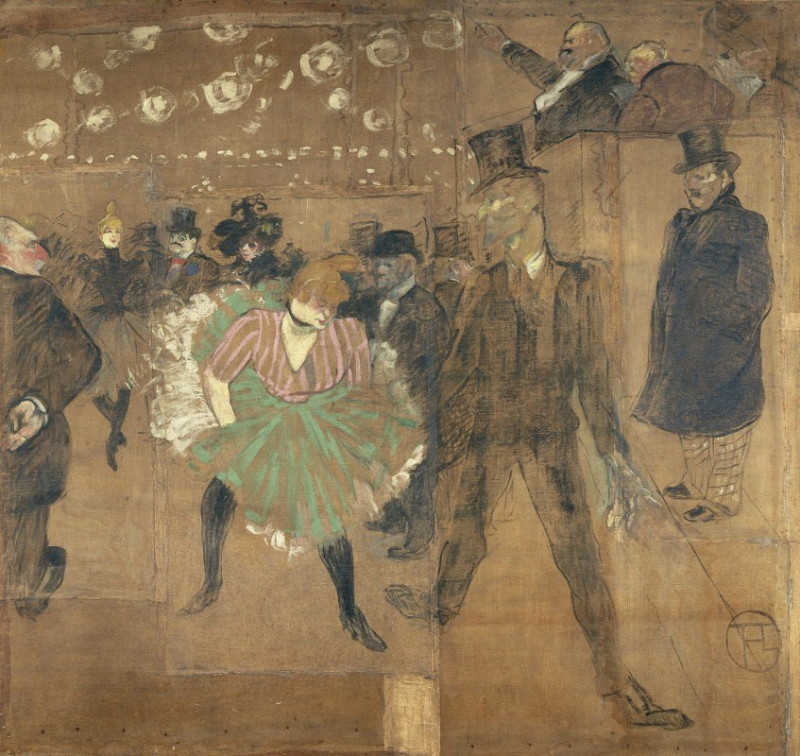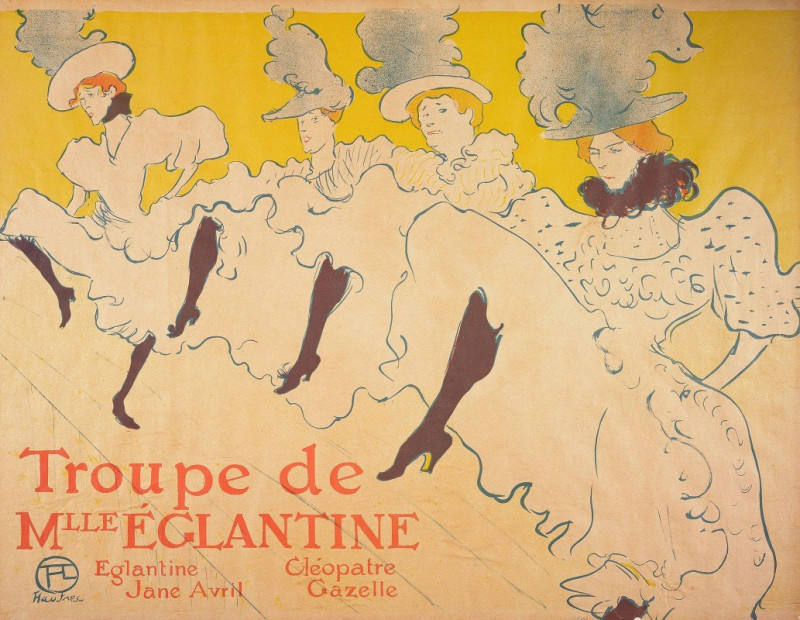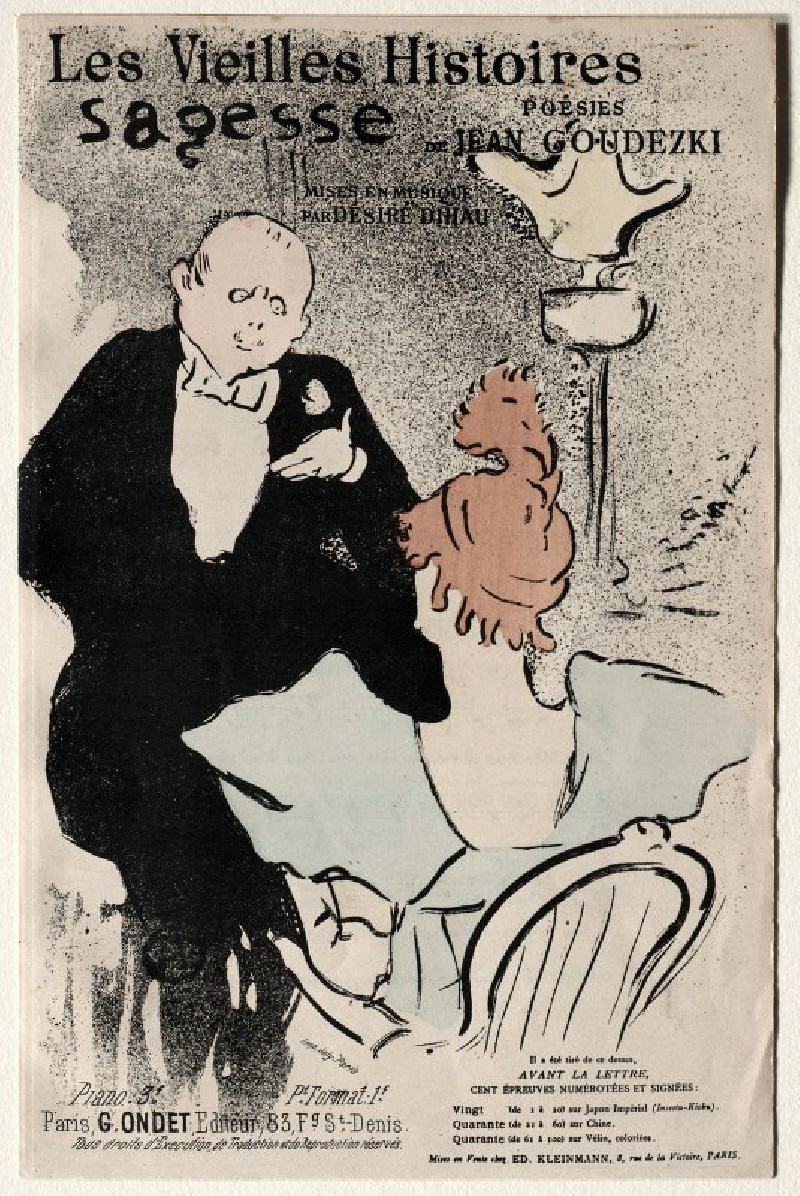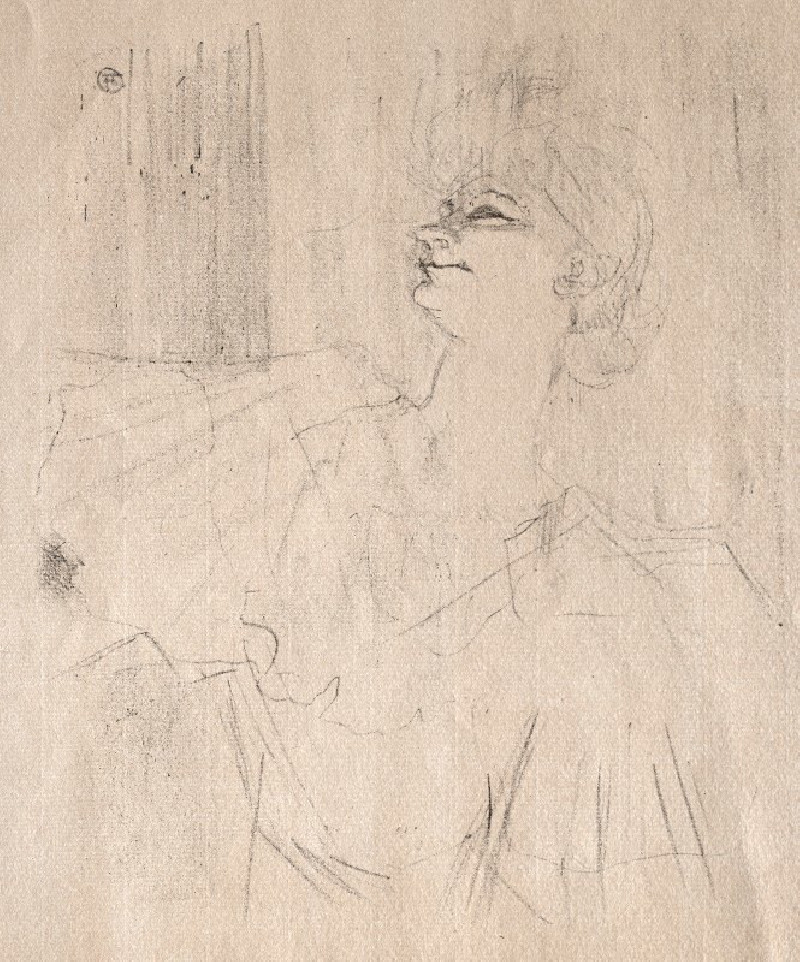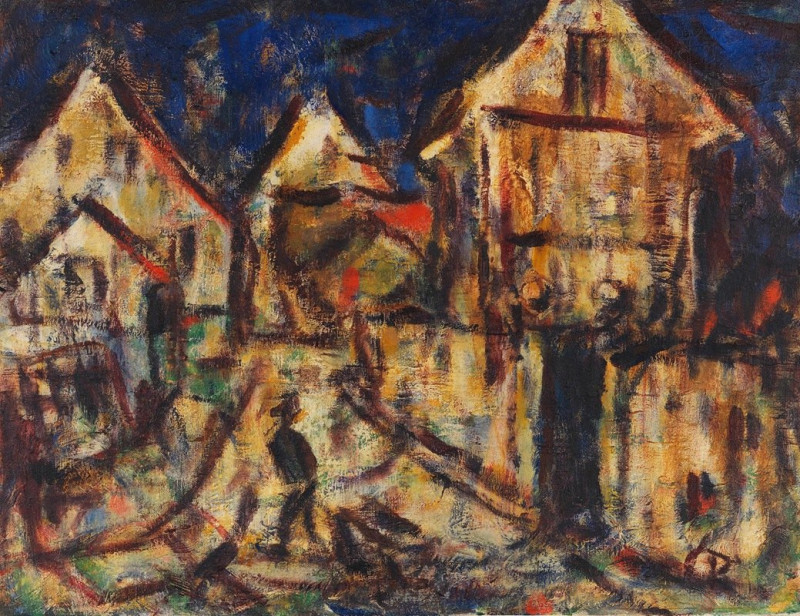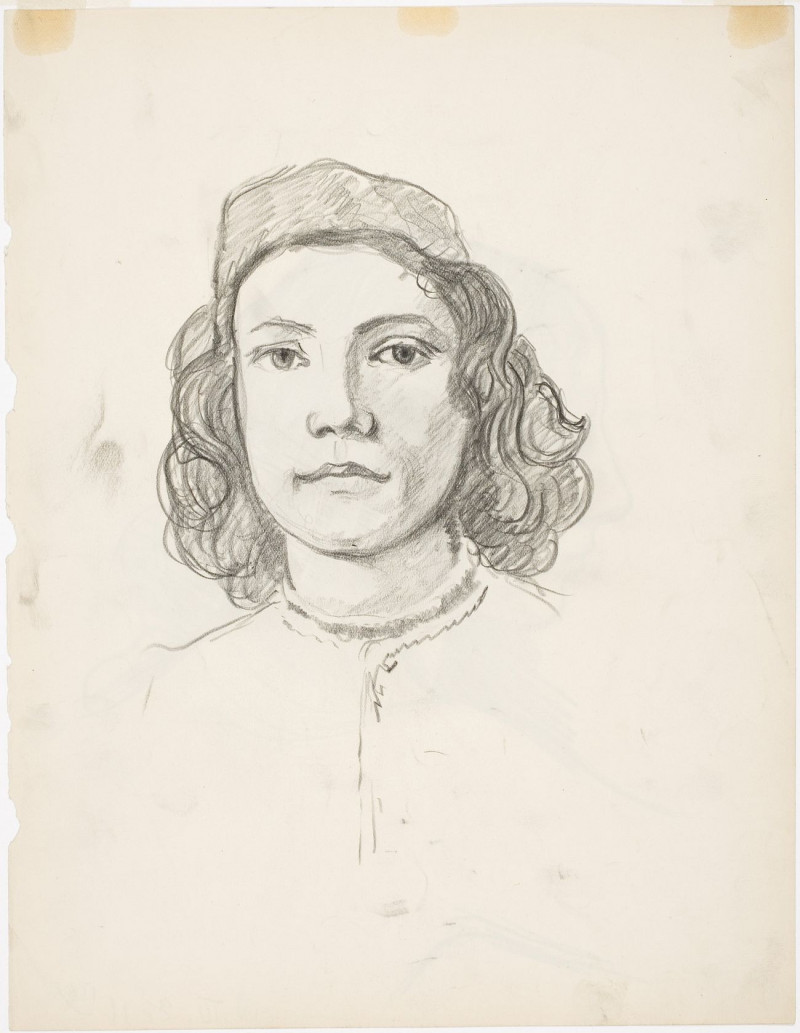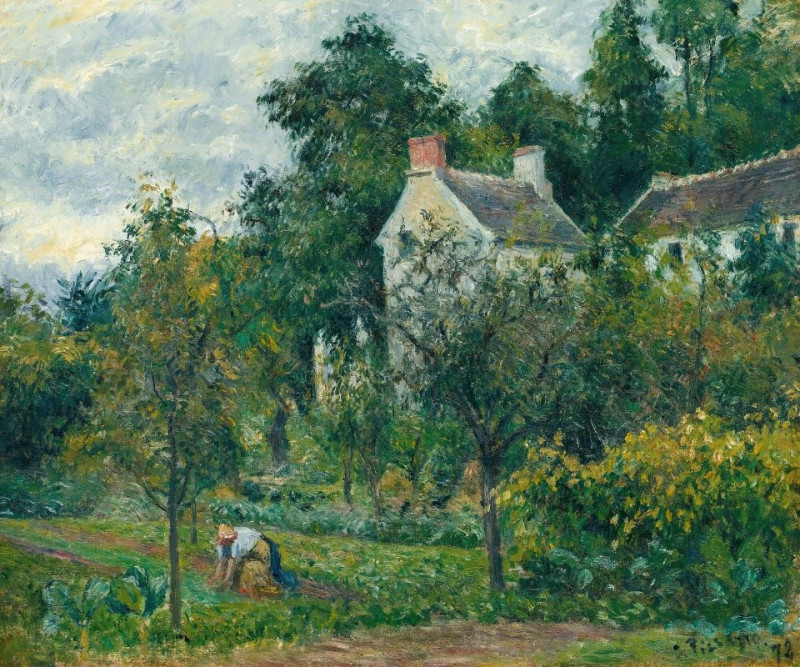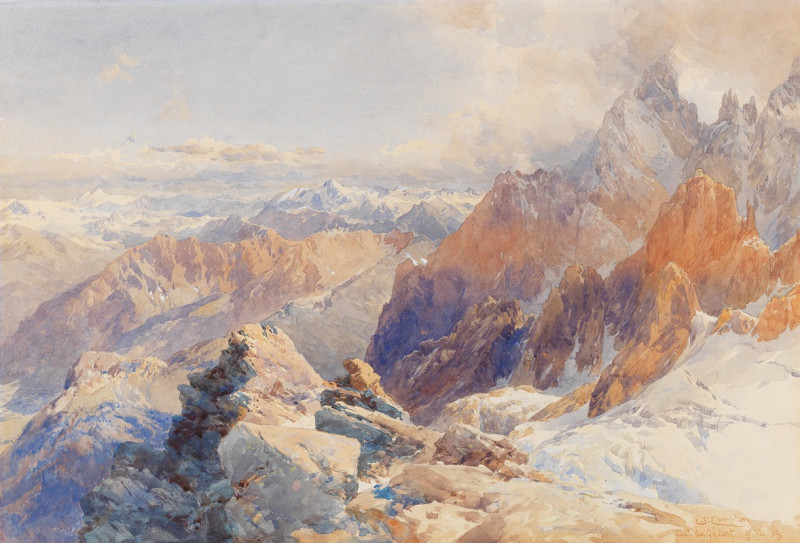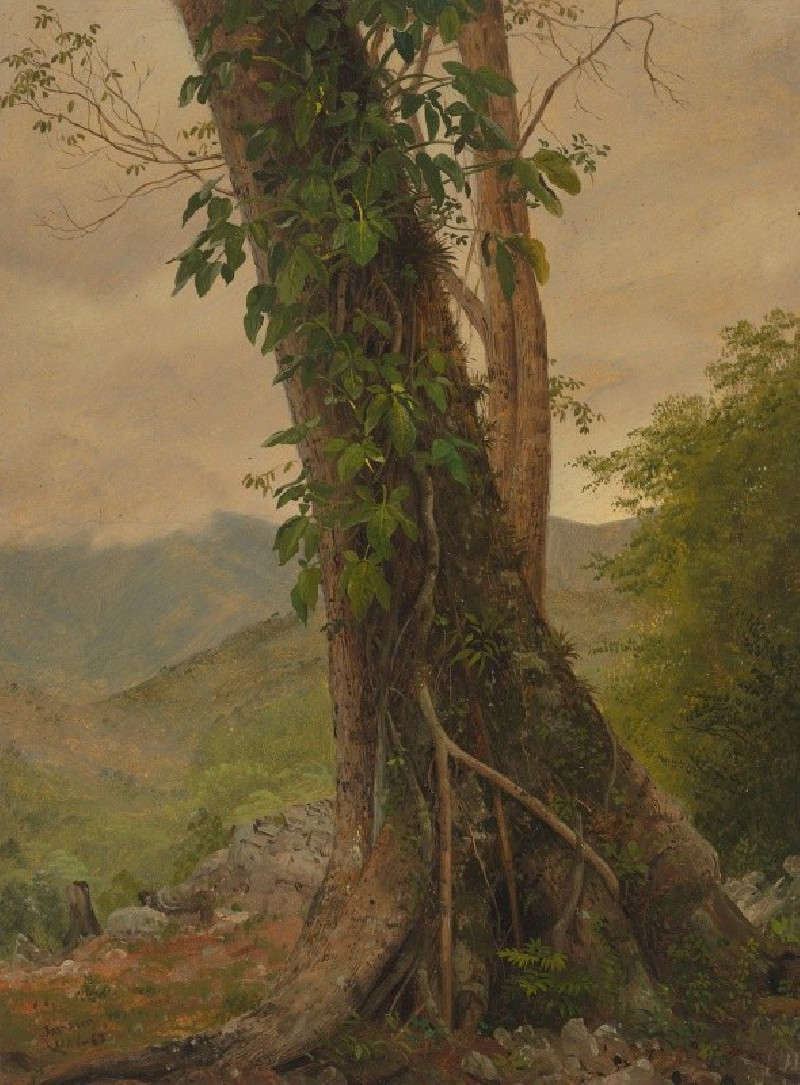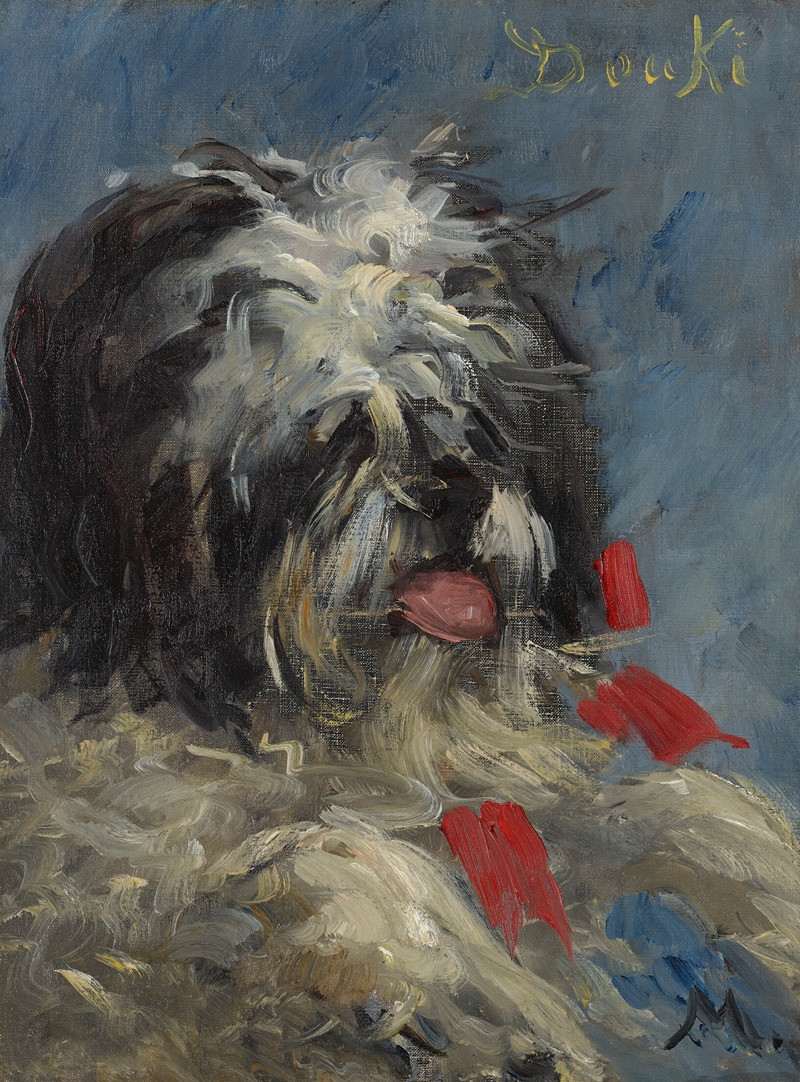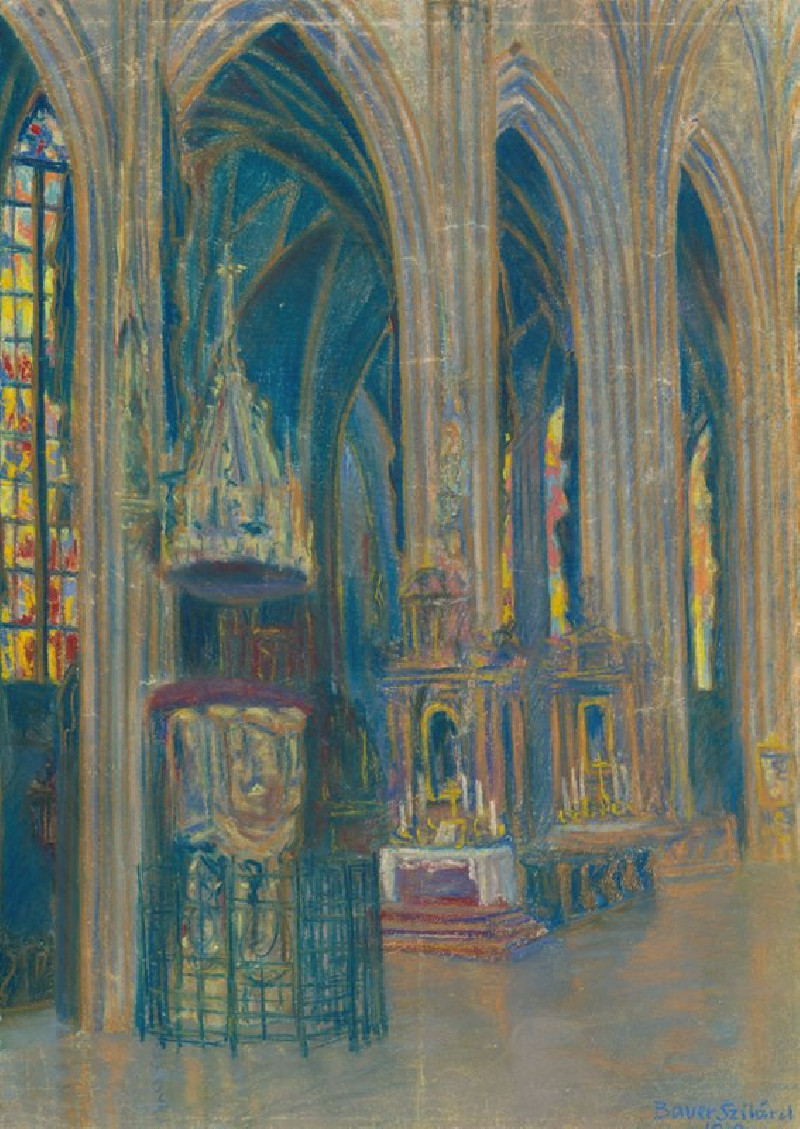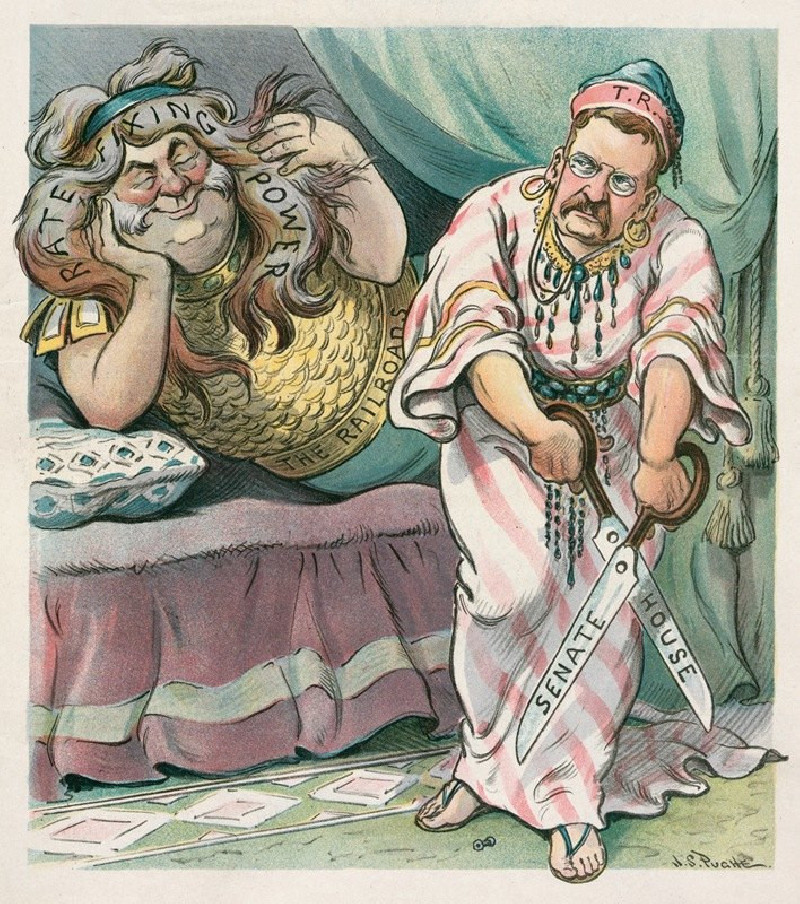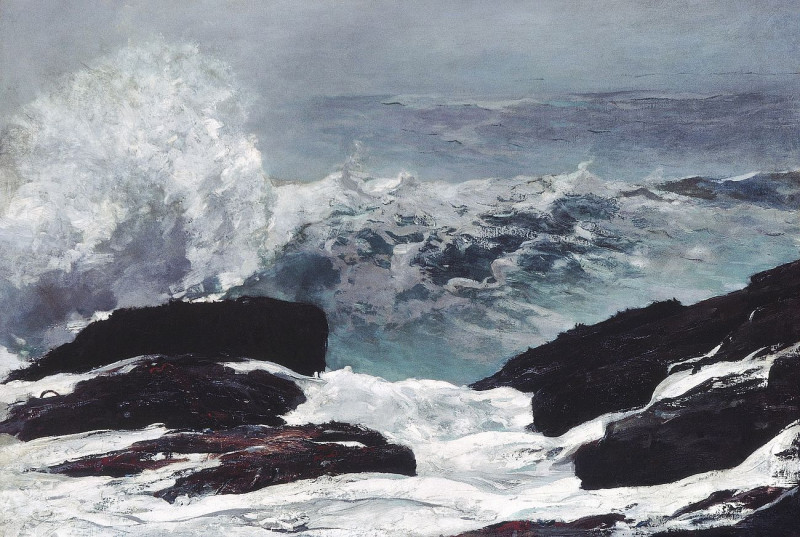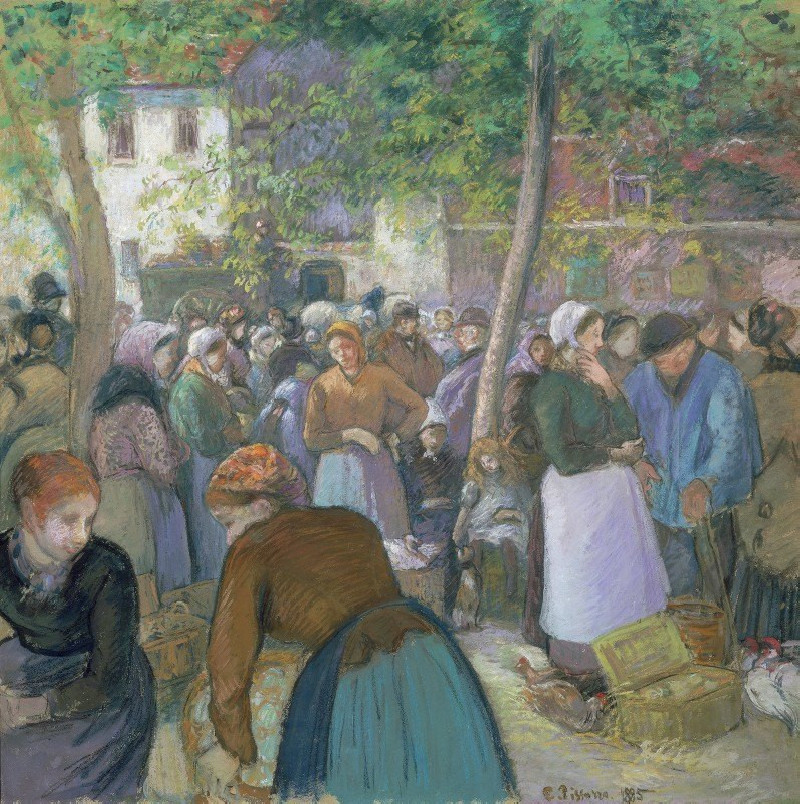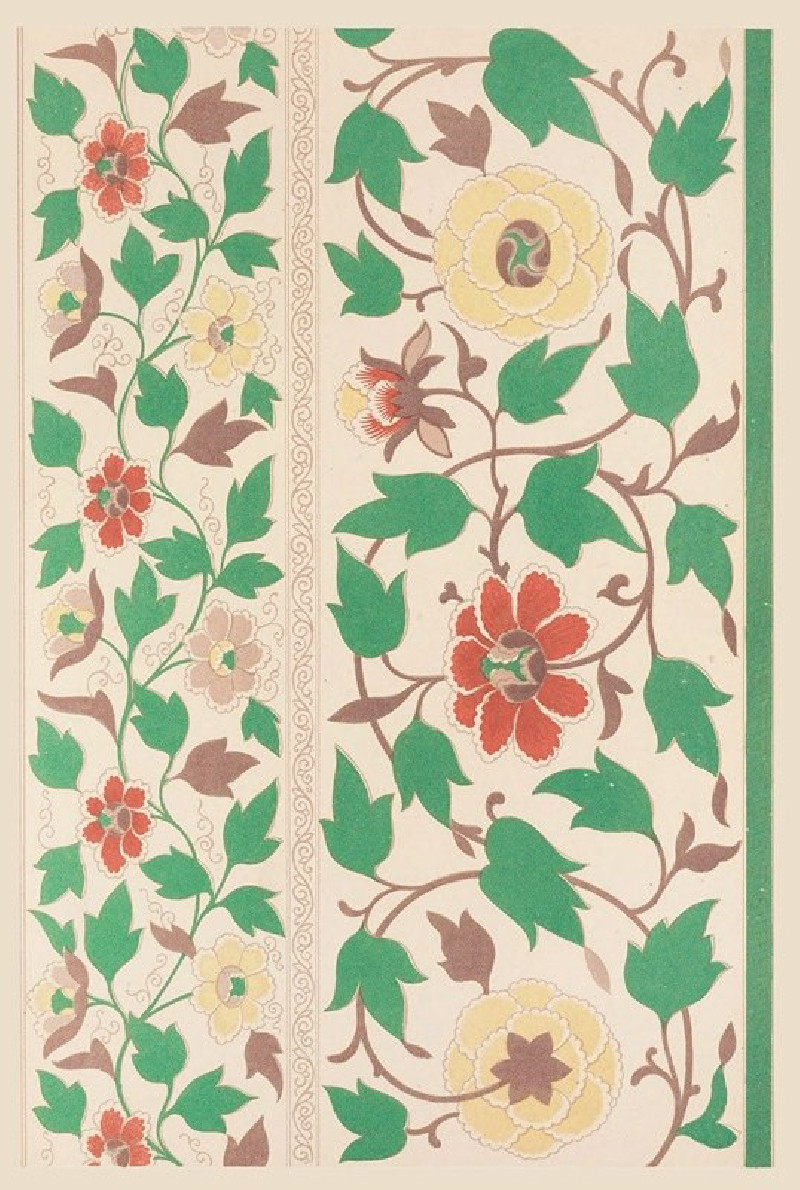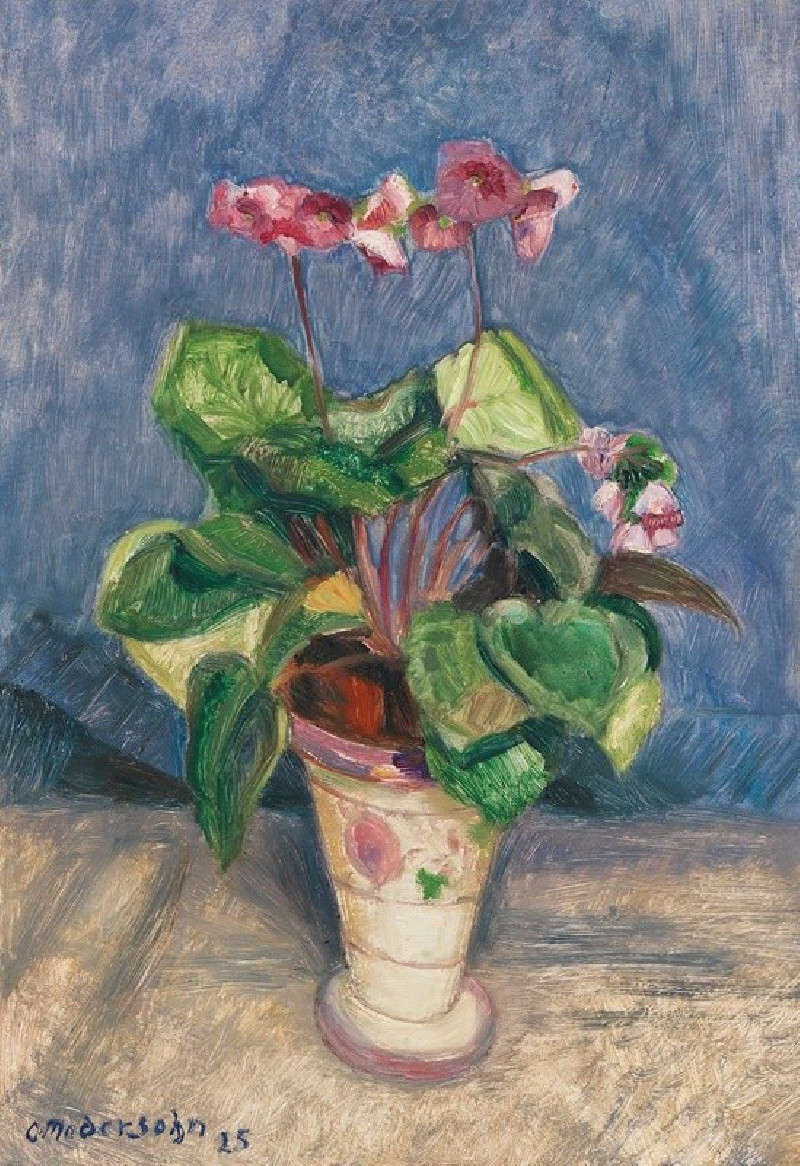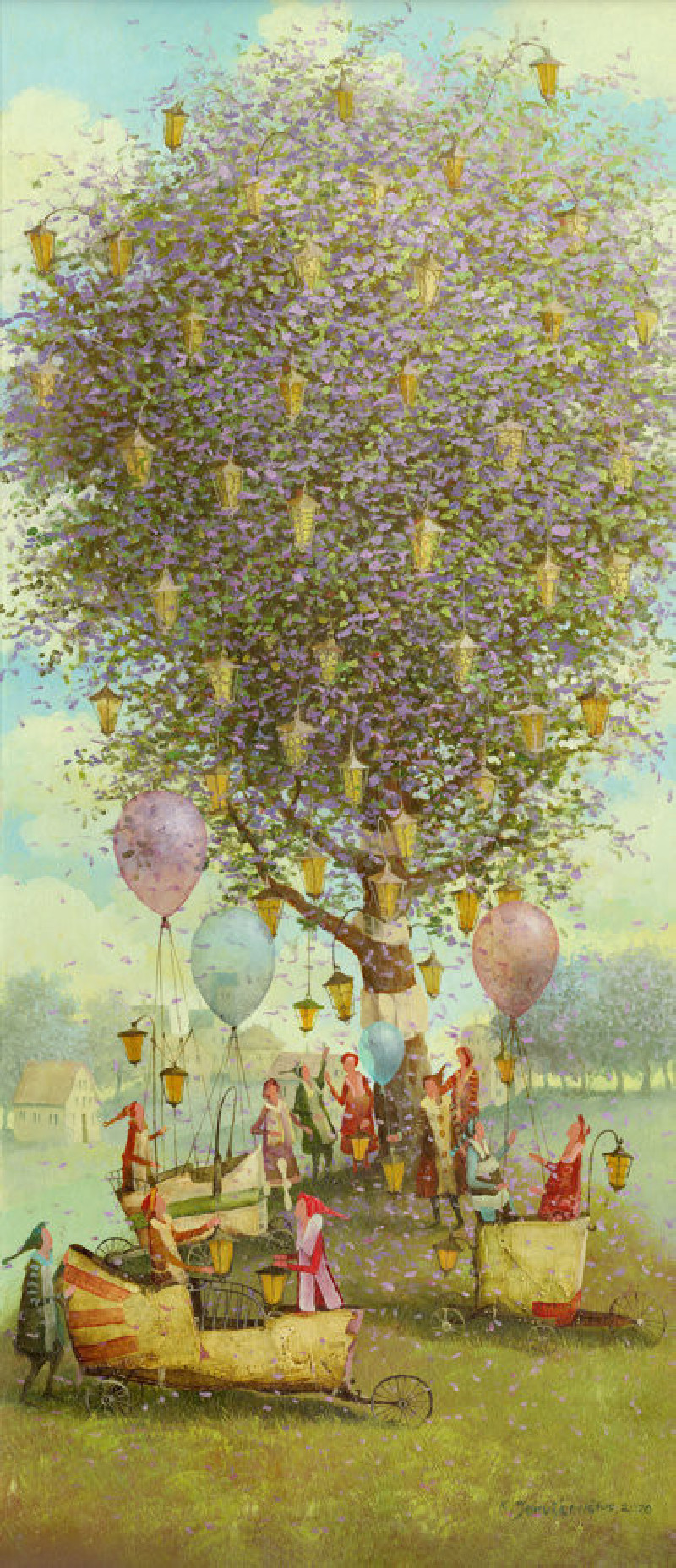Une opération par le Docteur Péan à l’Hôpital International (1891)
Technique: Giclée quality print
Recommended by our customers
More about this artwork
Henri de Toulouse-Lautrec's 1891 painting, "Une opération par le Docteur Péan à l’Hôpital International," captures a riveting moment of medical practice in the late 19th century. The scene unfolds within the airy, naturally-lit surgical ward of the Hôpital International, where a group of doctors and onlookers gather around a patient undergoing an operation by Dr. Péan, renowned for his pioneering contributions to surgical techniques.The viewer's attention is drawn toward the central figures: Dr. Péan and his team, deeply focused on the procedure. Observers, possibly medical students and colleagues, stand around the table, their faces marked with concentration and varying expressions that suggest both the seriousness and the educational value of the moment. Notably, Toulouse-Lautrec's use of quick, sketch-like strokes and a muted yet warm color palette expressively conveys the immediacy and gravity of the surgical operation.
Delivery
Returns
Comte Henri Marie Raymond de Toulouse-Lautrec-Monfa (24 November 1864 – 9 September 1901), known as Toulouse Lautrec was a French painter, printmaker, draughtsman, caricaturist, and illustrator whose immersion in the colourful and theatrical life of Paris in the late 19th century allowed him to produce a collection of enticing, elegant, and provocative images of the sometimes decadent affairs of those times.


